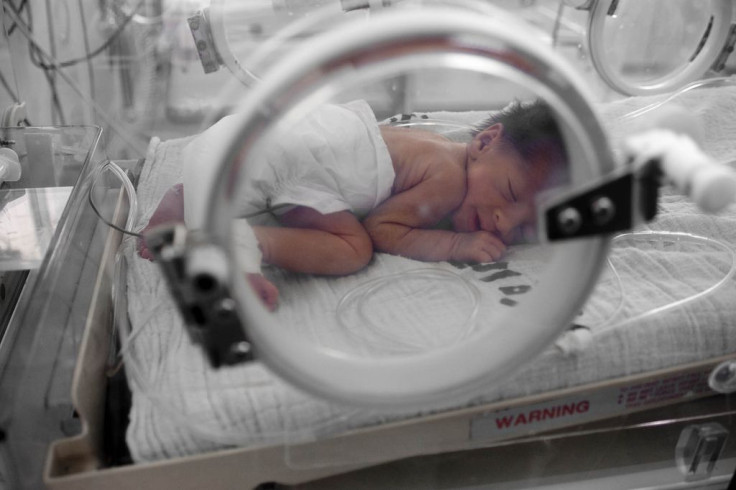Premature Babies May Have Greater Chance Of Survival If Hospitals Intervene After Birth, But Not All Hospitals Do So

The World Health Organization estimates 15 million babies are born premature every year — and every year, almost a million of these babies dies from complications. The survival rate, however, may vary depending on the type of treatment or care provided after birth, according to a new study published in The New England Journal of Medicine.
“We were interested in the differences in outcomes that exist for the earliest preterm infants among US academic medical centers,” Matthew A. Rysavy, study author, said in a press release. “There are large differences in outcomes, like mortality and childhood delays and disabilities, and we looked at this variation and wanted to understand why it exists.”
Rysavy and his team studied nearly 5,000 babies born before 27 weeks at 24 hospitals within the Eunice Kennedy Shriver National Institute of Child Health and Human Development Neonatal Research Network; for comparison, babies are usually born 40 weeks into pregnancy. When looking over the data, researchers found babies born at 22 weeks had a nearly one in four chance of survival if they received active care, yet most hospitals did not provide this type of care at 22 weeks. Though during or after 25 weeks of pregnancy, hospitals almost always provided active care.
What’s active care? Researchers define this treatment as “any potentially lifesaving intervention administered after birth.” The alternative to active care is comfort care, in which doctors don’t intervene and simply do what they can to make the baby comfortable before he or she dies. The Washington Post cited some doctors are reluctant “to attempt a painful intervention on a newborn that’s unlikely to survive.”
With such variation among hospitals, study co-author Edward Bell said “there is a real problem if doctors are talking to parents about their baby’s chances using outcome data that include babies for whom no active treatment was offered.”
These findings also raise questions about what medical professionals consider the point of viability. The Post reported Roe v. Wade ruled states could not restrict abortions before 28 weeks of pregnancy, “the earliest a newborn could survive on its own — but Planned Parenthood v. Casey “detached the 'viability' marker from the 28-week standard" in 1992; women still had the right to choose an abortion before viability without this marker.
In an interview with the New York Times, Bell said he considers 22 weeks a new marker of viability. It's pretty controversial, he concluded, but these results suggest babies at 22 weeks "deserve a chance."
Source: Rysavy, M.A., et al. Between-Hospital Variation in Treatment and Outcomes in Extremely Preterm Infants. The New England Journal of Medicine, 2015.
Published by Medicaldaily.com



























